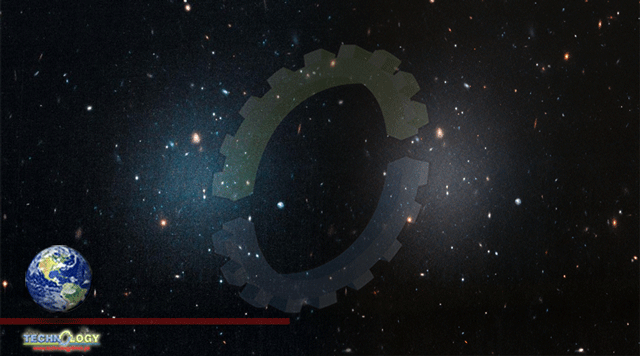Ultradiffuse galaxies are dwarf galaxies whose stars are spread out over a vast region, resulting in extremely low brightness, making them very difficult to detect. In new research, astronomers have used sophisticated simulations to detect several ‘quenched’ ultradiffuse galaxies — a rare type of dwarf galaxy that has stopped generating stars in low-density environments in the Universe. Their results show that isolated quenched ultradiffuse galaxies are formed as backsplash galaxies that were once satellites of another galactic, group or cluster halo but are today a few million light-years away from them.

“We always strive to get a complete consensus of the galaxies that we have in the Universe,” said Dr. Mark Vogelsberger, an astrophysicist in the Department of Physics at MIT.
“This study is adding a new population of galaxies that the simulation actually predicts. And we now have to look for them in the real Universe.”
Dr. Vogelsberger and colleagues search for quenched ultradiffuse galaxies began with a simple survey for ultradiffuse systems that reside outside galaxy clusters.
Astronomers predict that ultradiffuse galaxies within clusters should be quenched, as they would be surrounded by other galaxies that would essentially rub out the ultradiffuse galaxy’s already-diffuse gas and shut off star production.
Quenched ultradiffuse galaxies in clusters should then consist mainly of old stars and appear red in color.
If ultradiffuse galaxies exist outside clusters, in the void, they are expected to continue churning out stars, as there would be no competing gas from other galaxies to quench them. Ultradiffuse galaxies in the void, therefore, are predicted to be rich with new stars, and to appear blue.
When the researchers surveyed previous detections of ultradiffuse galaxy satellites, outside clusters, they found most were blue as expected — but a few were red.
“That’s what caught our attention. And we thought, ‘What are they doing there? How did they form?’ There was no good explanation,” said Dr. Laura Sales, an astronomer at the University of California, Riverside.
To find one, the researchers looked to a detailed cosmological simulation of galaxy formation called TNG50.
They used TNG50 to first see if they could spot quenched ultradiffuse galaxies outside galaxy clusters.
They started with a cube of the early Universe measuring about 150 million light-years wide, and ran the simulation forward, up through the present day.
Then they searched the simulation specifically for ultradiffuse galaxie in voids, and found most of the ones they detected were blue, as expected. But a surprising number — about 25% — were red, or quenched.
They zeroed in on these red satellite dwarfs and used the same simulation, this time as a sort of time machine to see how, when, and where these galaxies originated.
They found that the systems were initially part of clusters but were somehow thrown out into the void, on a more elliptical, ‘backsplash’ orbit.
The simulations also showed that the quenched ultradiffuse galaxies’ red color arose from their ejection — a violent process that stripped away the galaxies’ star-forming gas, leaving it quenched and red.
Running the simulations further back in time, the team observed that the tiny systems, like all galaxies, originated in halos of dark matter, where gas coalesces into galactic disks.
But for quenched ultradiffuse galaxies, the halos appeared to spin faster than normal, generating stretched out galaxies.
“It’s quite surprising that the simulations can really produce all these very small objects,” Dr. Vogelsberger said.
“We predict there should be more of this kind of galaxy out there. This makes our work quite exciting.”
Originally Published By SciNews